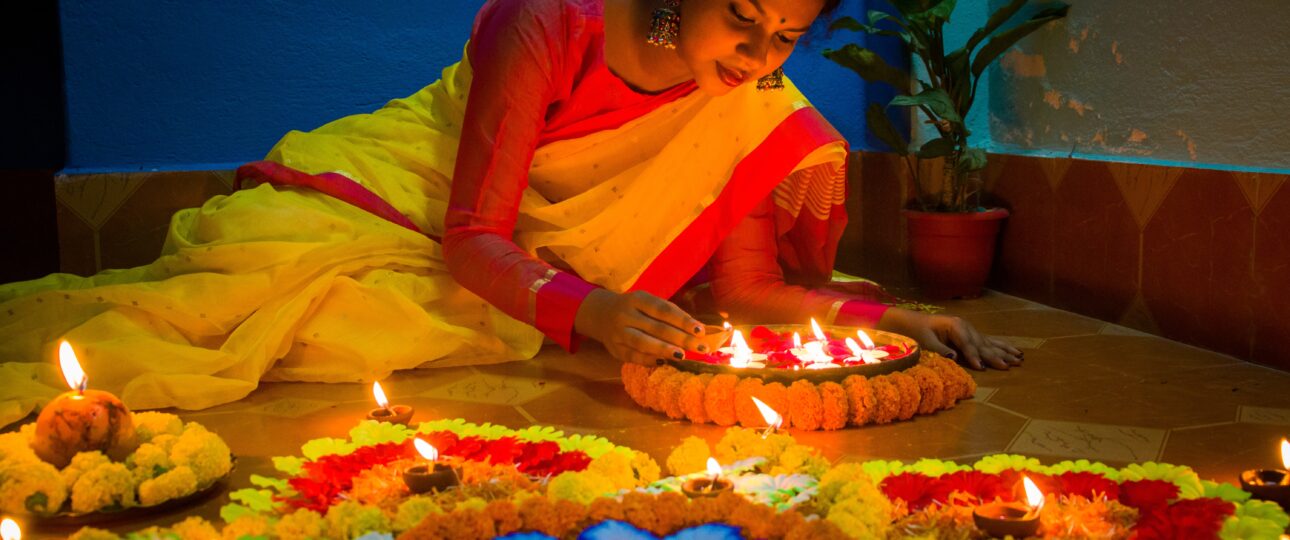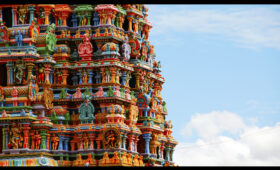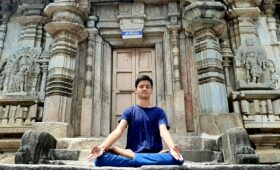What is Diwali?
Hindu New Year is called “Diwali”, also referred to as the Festival of Lights, holds a place of paramount importance in India’s cultural calendar. It commemorates Lord Rama’s return to his kingdom after 14 years of exile, symbolizing the victory of light over darkness. The lighting of “diyas” (small oil lamps) represents the awakening of the seven chakras, guiding the soul’s journey towards enlightenment. Diwali is a time for familial reunions and jubilation.
When is Diwali Celebrated?
Diwali’s date varies annually, typically falling between mid-October and mid-November. In 2023, it will be celebrated on November 12.
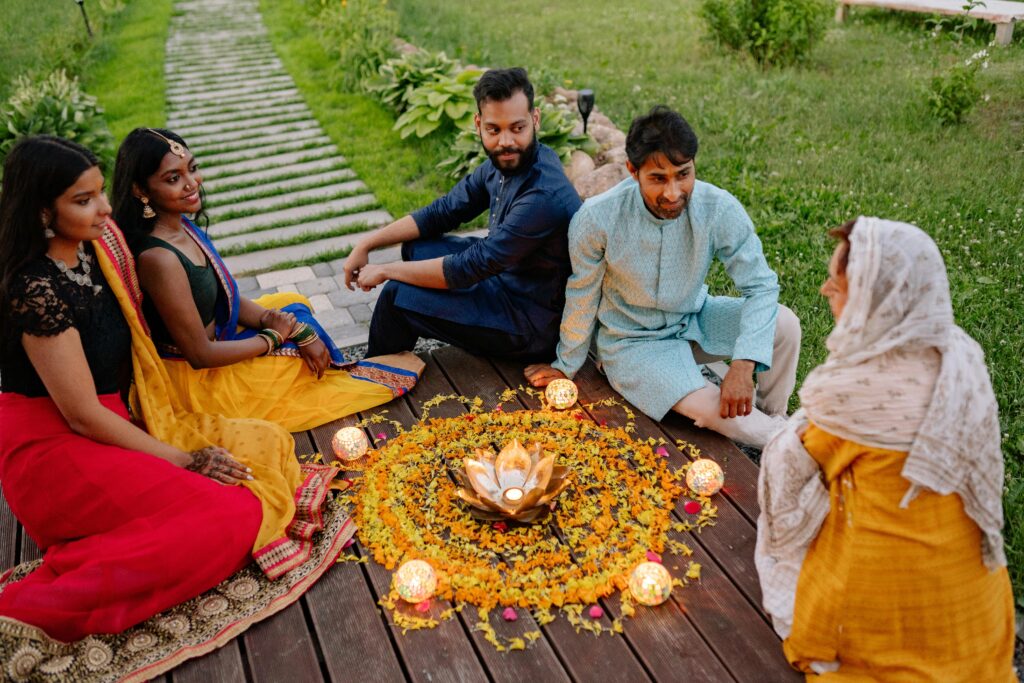
The Top 12 Traditions During Diwali
1. Preparation for Diwali
Before the festival, families engage in preparation by cleaning their homes to welcome the goddess Lakshmi, associated with wealth, good fortune, and youth. Subsequently, families visit markets to procure flowers, traditional sweets, candles, lights, fireworks, diyas (small oil lamps) powders for creating rangolis, and all the necessities to make Diwali a unique and special celebration.
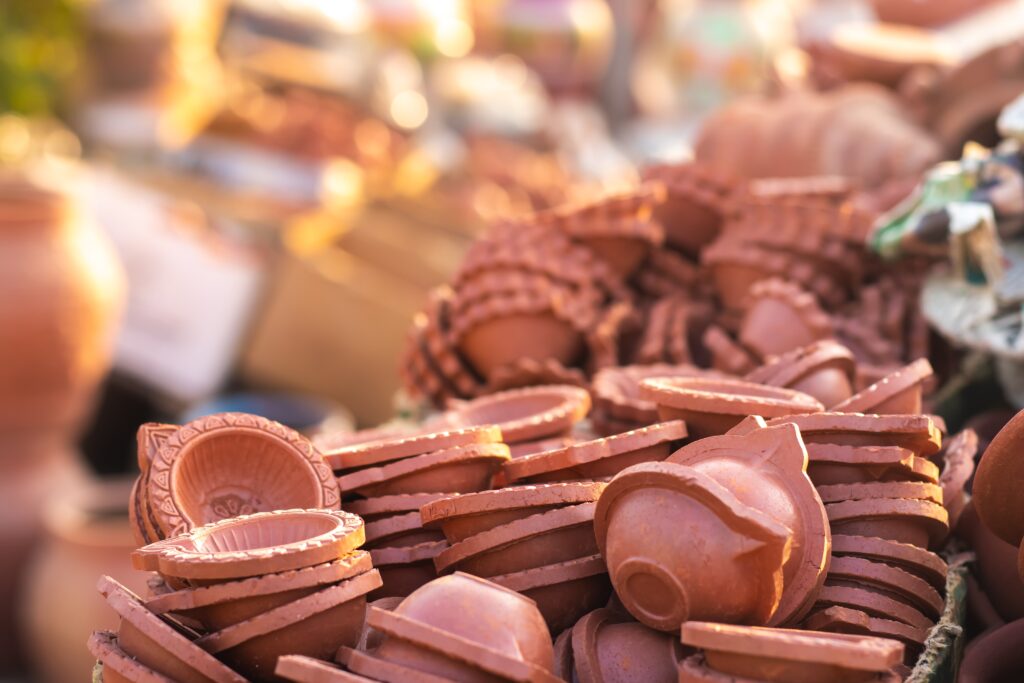
2.Traditional Attire
During Diwali, individuals adorn themselves with traditional garments like Kurta Pajama and Saris. These vibrant outfits are believed to attract happiness, health, and prosperity. Adorning the forehead with Tilaka, a colorful mark signifying the potent brow chakra, reminds one of the pursuit of divinity. Women embellish their attire with colorful bangles, necklaces, and earrings, and people may also wear Mauli or Laccha (red cotton thread) for well-wishing.
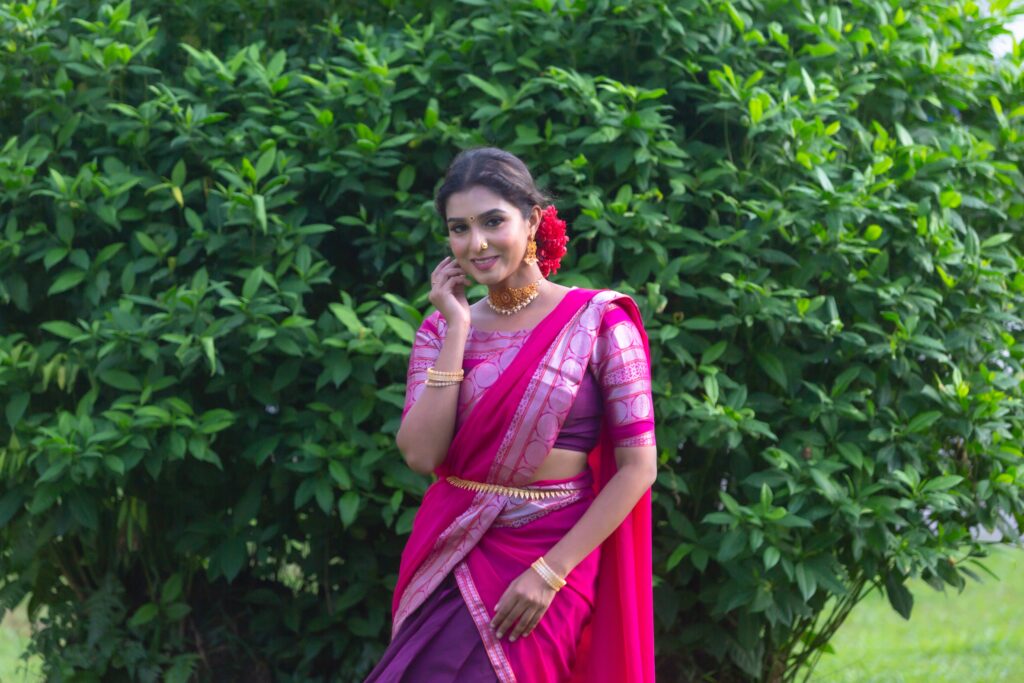
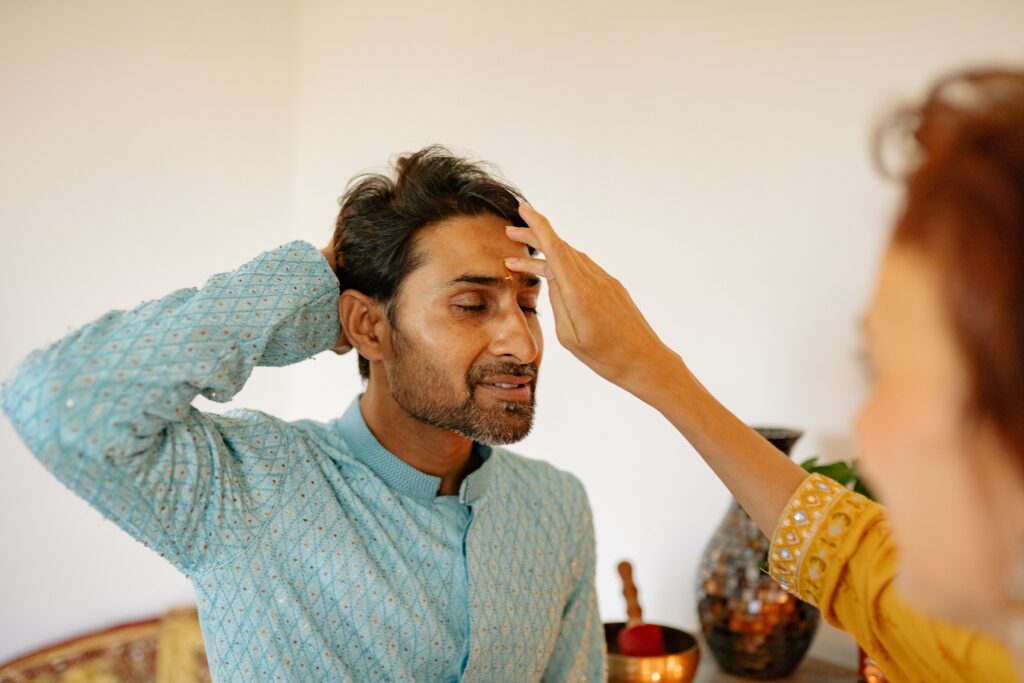
3. Illuminating Homes with Lights
Homes come alive with bright lights as the night descends. Hindus love the roofs and facades of their houses with lights.
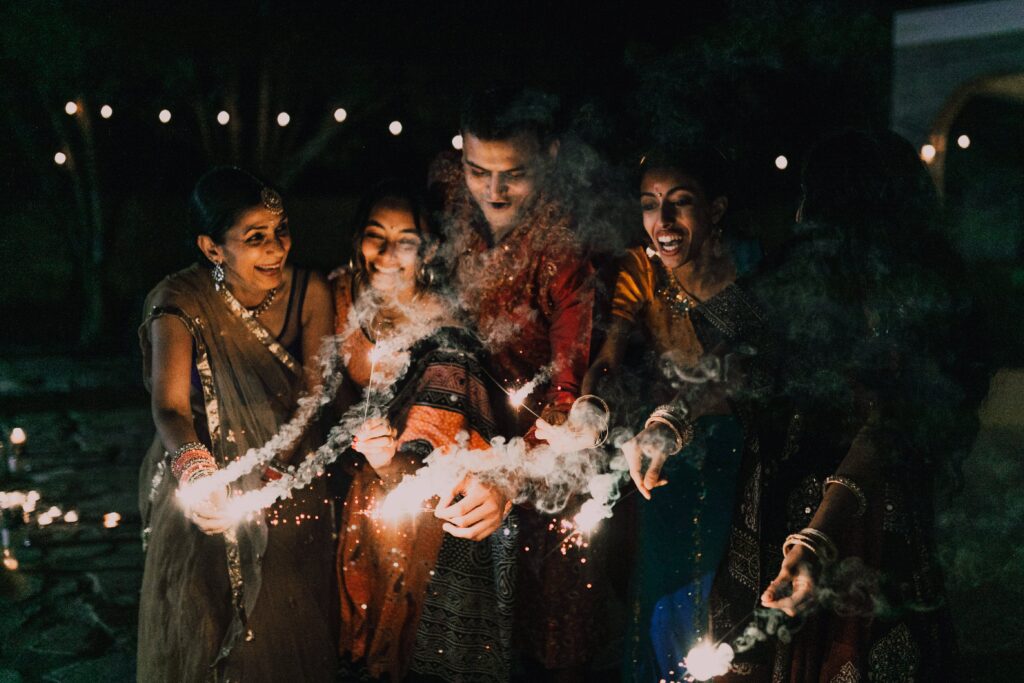
4. Pooja and Aarti
Families gather for the “pooja” ritual, seated before altars dedicated to deities such as Ganesh and Lakshmi. These altars are adorned with flowers, sweets, candles, and “diyas” (small oil lamps). Pooja serves as a personal connection to the divine, expressing devotion and respect. The culmination of the ritual involves performing “Aarti”, an offering of light to pay homage to the gods.
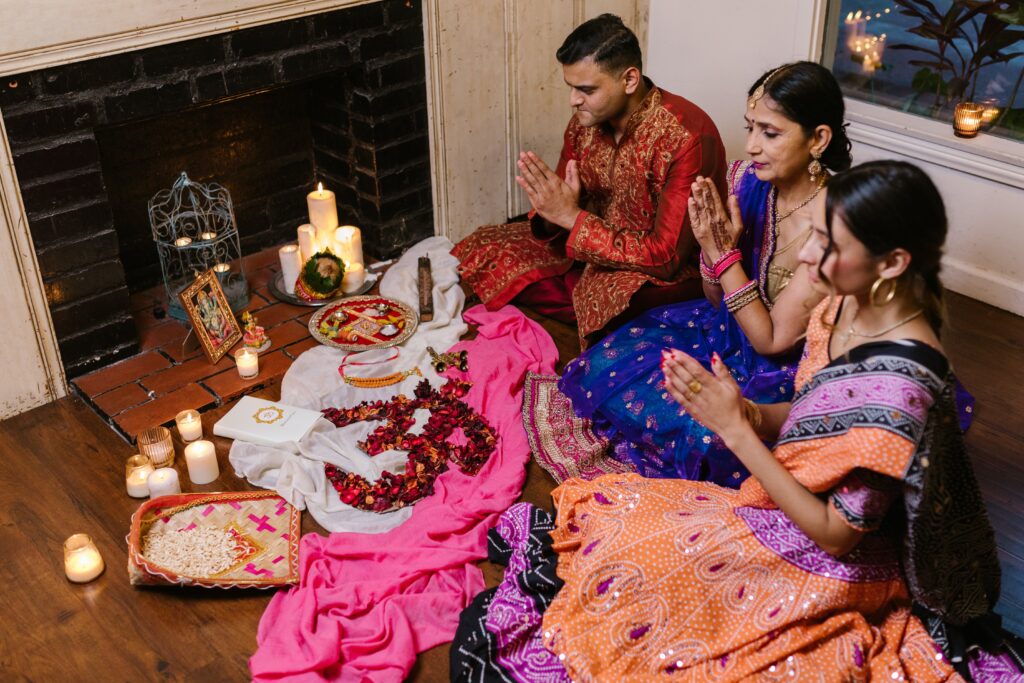
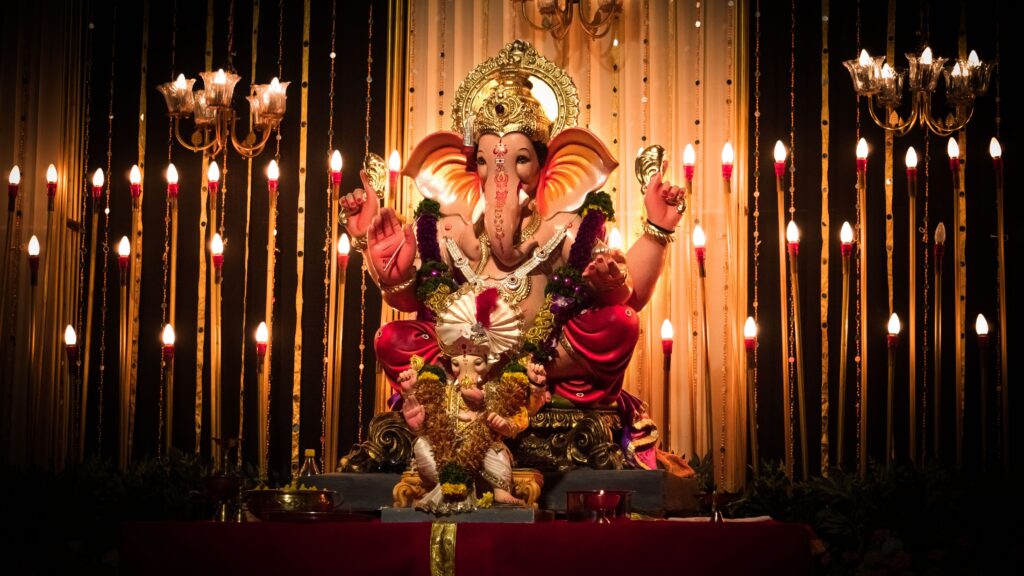
5. Distributing Diyas
Diyas are strategically placed throughout the house, casting a warm glow on rooftops and kitchens. This practice guarantees an abundant food supply, purges negative energies, and ushers in prosperity.
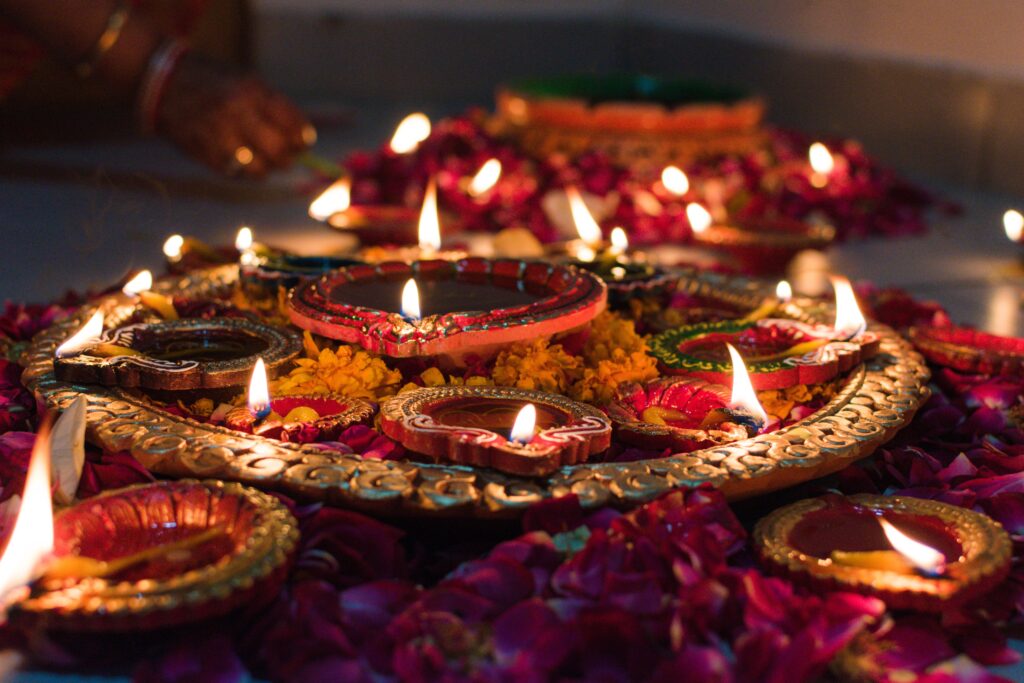
6. Joyful Dancing and Indian Music
Diwali invites spirited dancing to the enchanting rhythms of Indian or Bollywood music. It’s a time of exuberance and celebration.
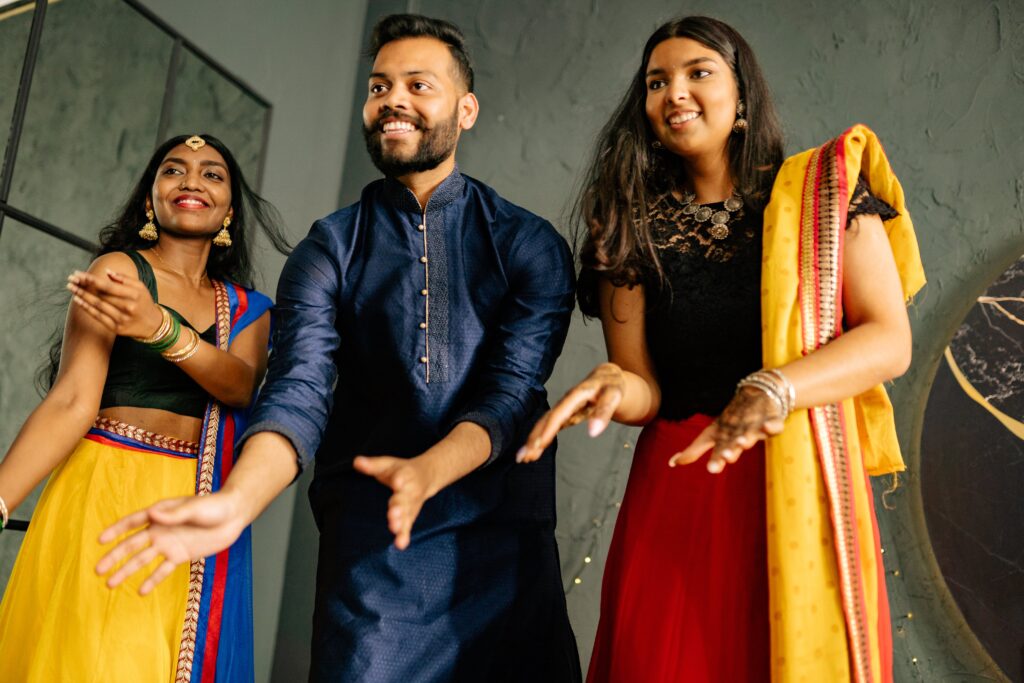
7. Family Feasting
Families come together to enjoy a festive meal that includes traditional dishes like chole bhature, puri, pani puri, potato curry, paneer, rice, upma, sweets, and more. Food plays an integral role in the celebration as it unites families and delights the taste buds of all who partake in the festivities.
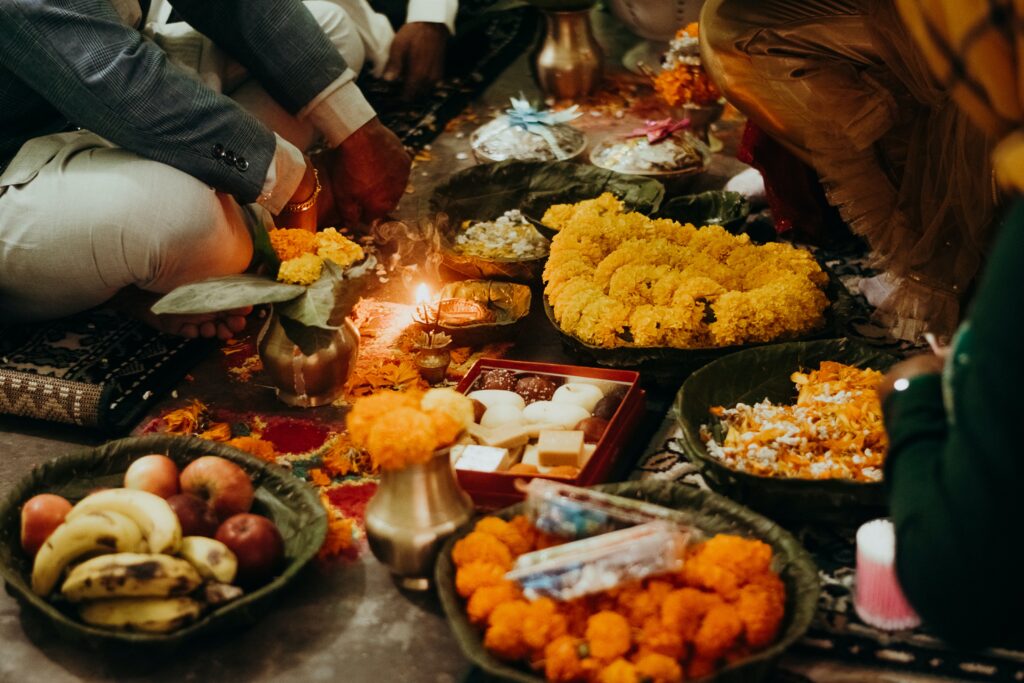
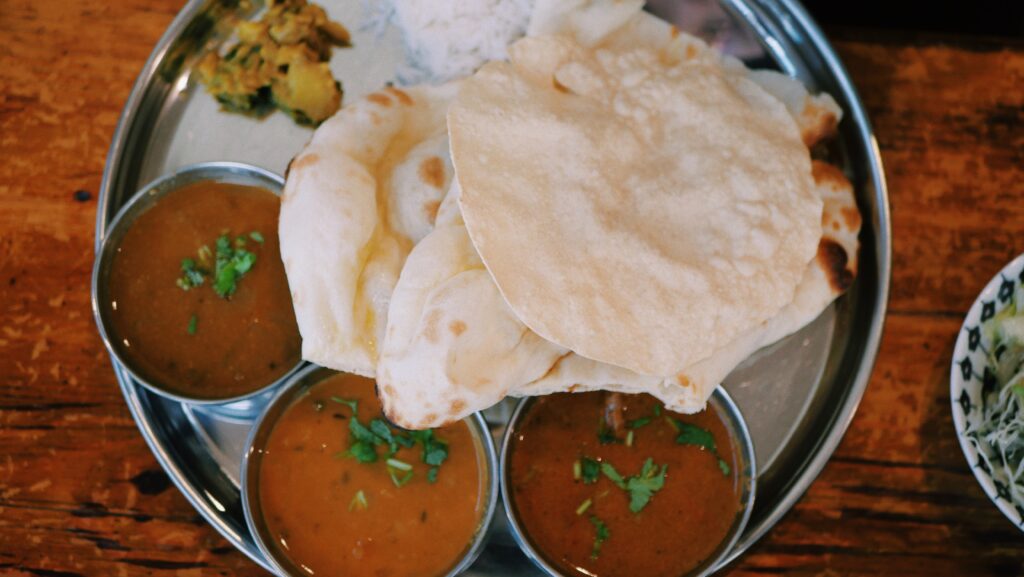
8. Temple Visits
During Diwali, families allocate time for temple visits, fostering meditation and a connection to the divine or spiritual realm. Prayer and introspection are central to the celebration.
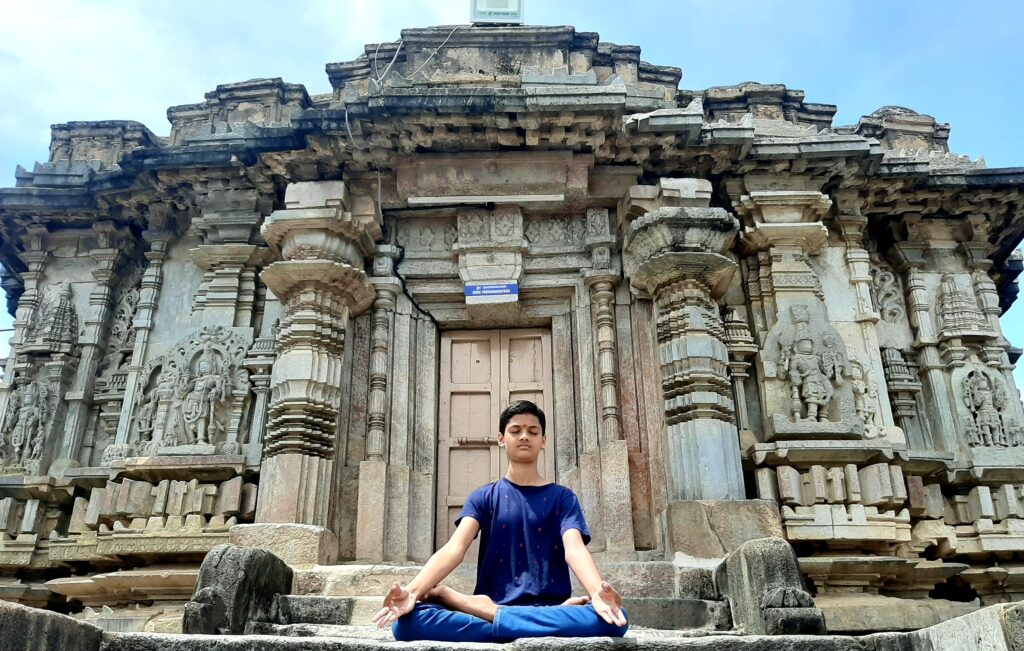
9. Rangoli
Streets and homes are graced with exquisite, multicolored “Rangoli” patterns, often shaped as lotus flowers, crafted using vibrant pigments. Molds are frequently employed to simplify this creative endeavor.
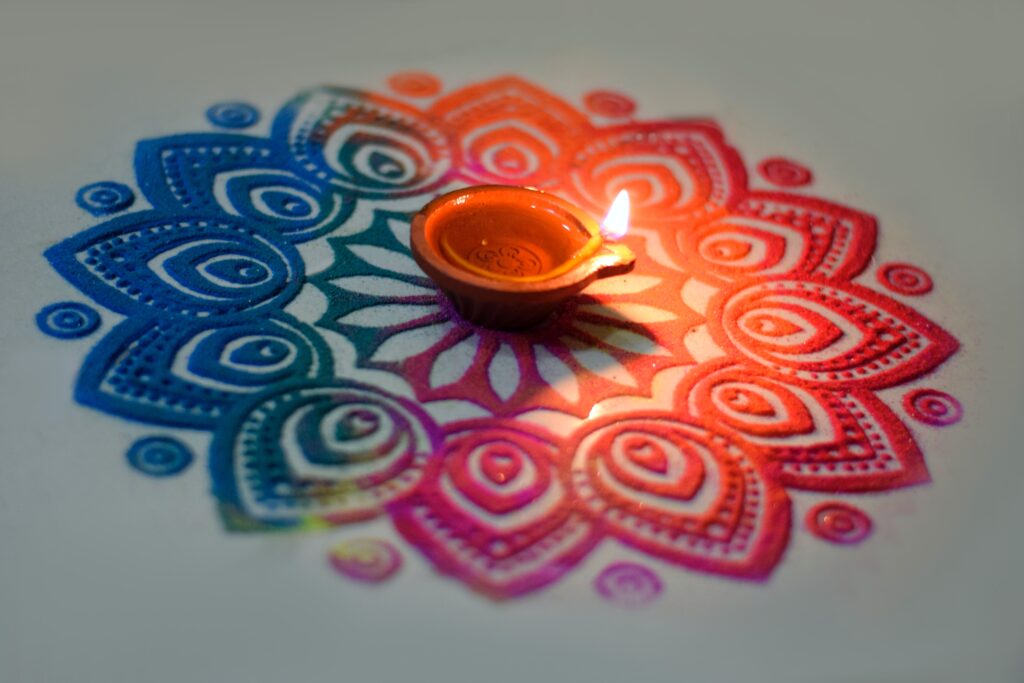
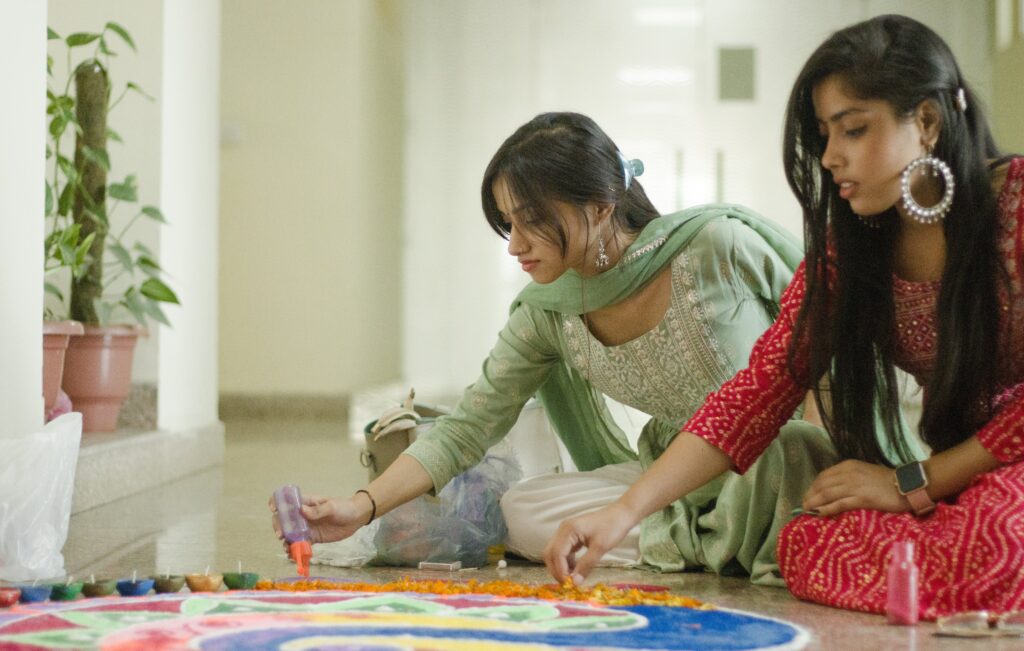
10. Fireworks and Pyrotechnics
Diwali reaches its zenith with a mesmerizing display of fireworks and pyrotechnics. The night sky bursts into a kaleidoscope of colors, creating an ambiance of jubilation.
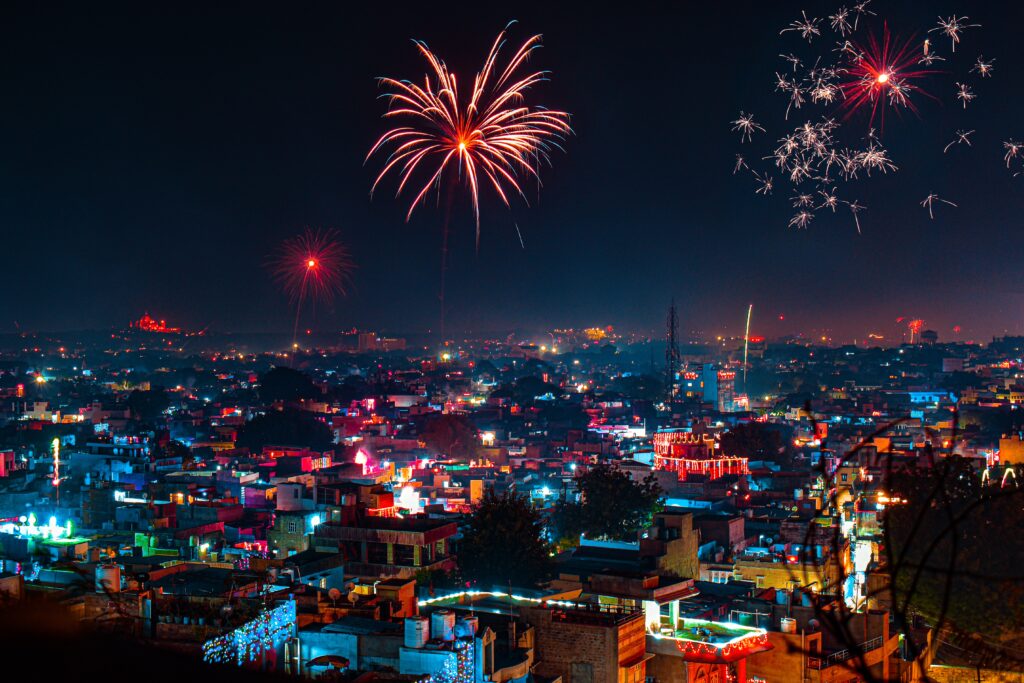
11. Distribution of Sweets
Another heartwarming tradition of Diwali is the exchange of traditional and scrumptious sweets with friends, family, neighbors, and coworkers. This gesture symbolizes the spirit of generosity and the sharing of joy during the festival.
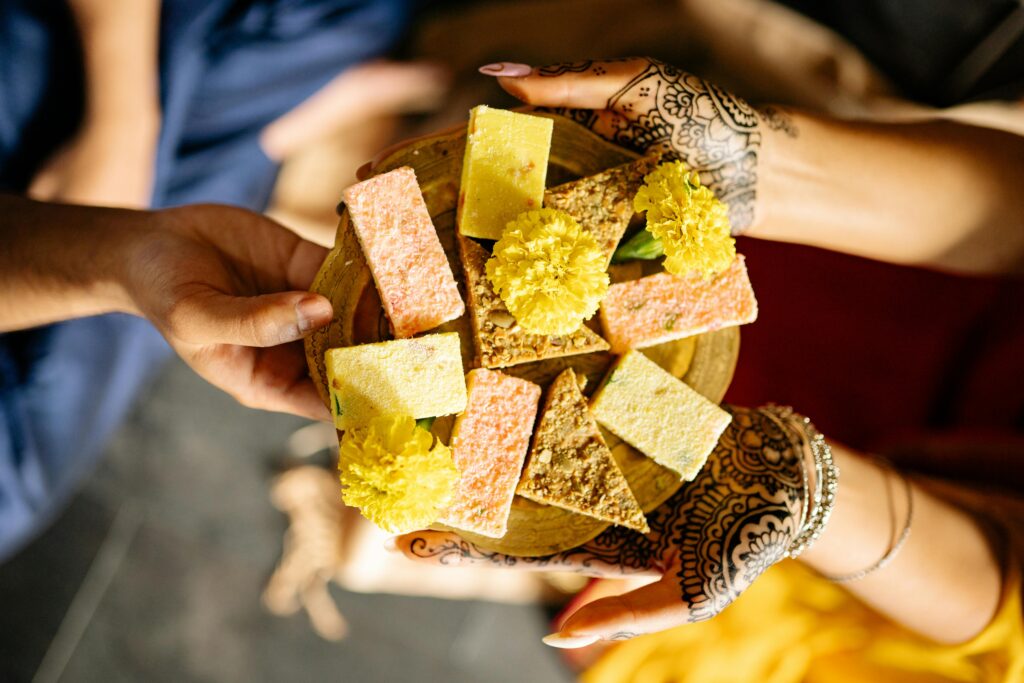
12. Special Gifts
On Diwali, it’s a common tradition for employers to show their appreciation to their employees by giving them bonuses, money, clothing, and other special gifts. This gesture not only recognizes the hard work of the employees but also strengthens the bonds in the workplace. Additionally, among family members and loved ones, it’s customary to exchange gifts as a token of affection and appreciation. These presents enhance familiar and friendly ties during this festive time of Diwali.
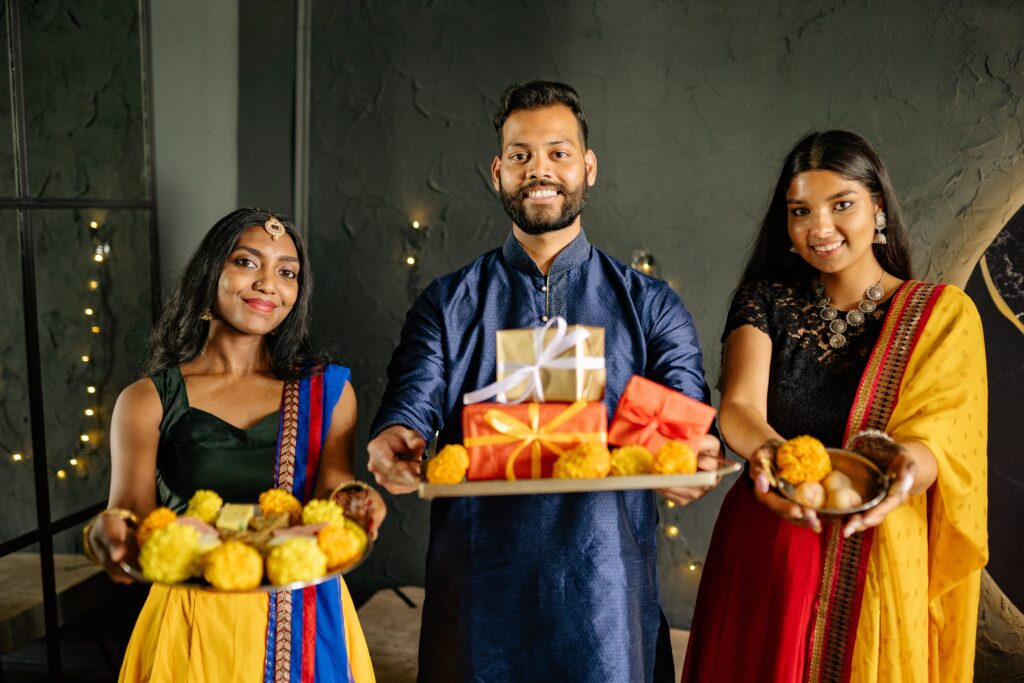
Diwali, is like Christmas for Hindus, epitomizes light, spirituality, family unity, and merriment. While each family celebrates in their unique way, these traditions collectively enrich the celebration. Diwali is a time to illuminate not just homes but also hearts throughout India. It’s a moment for contemplation, appreciation, and jubilation, where light prevails over darkness. Wishing you a joyous Diwali!

